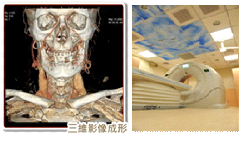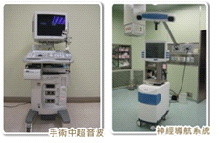Stroke Center | Our Speciality
Our Speciality
Treatment process
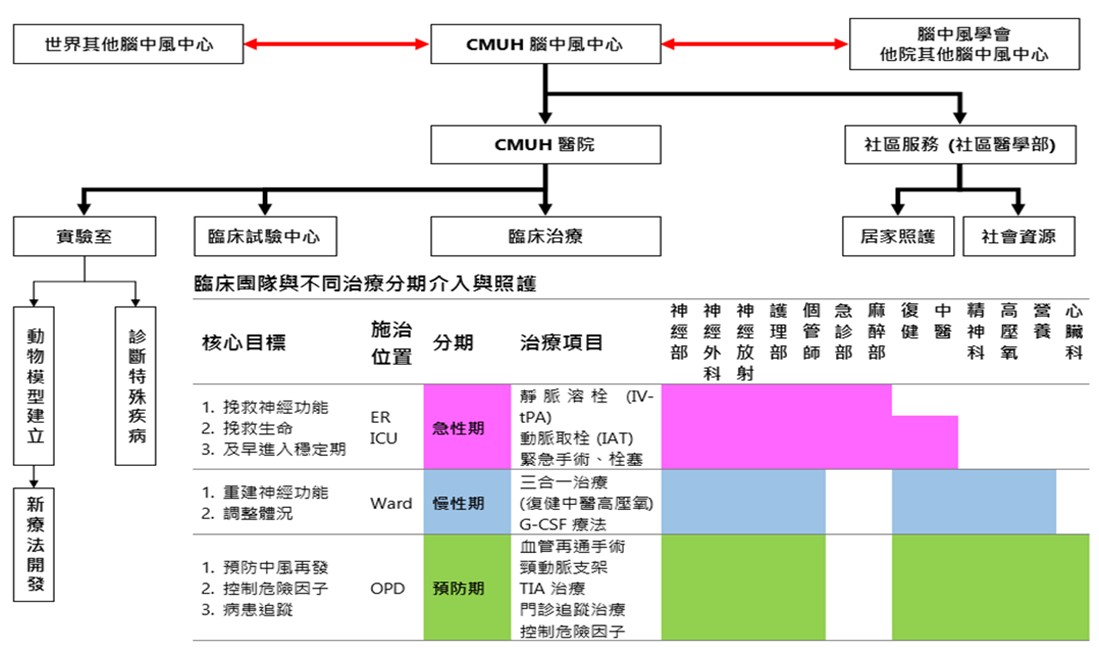
The CMUH provides “omnibearing cocktail-style stroke treatment.” According to the timing of the stroke, we provide integrative active treatments in order to reduce mortality rate and risk of physical disability. Our treatment characteristics include minimally invasive endoscopic surgery to remove hematomas, monitoring brain temperature and brain oxygen, low-temperature treatment, removal of cerebrovascular infarction, stem cells, and herbal treatments.
-
Thrombotic infarction:
The “omnibearing cocktail-style stroke treatment” is performed as the standard operating procedure. The thrombolytic drugs are injected within 3 hours after stroke, or the IA Thrombectomy is implemented 24 hours after stroke (8 hours for the pre-cycle and 24 hours for the post-cycle), in order to clear blocked brain vessels, which can in turn save the patient’s life and reduce the severity of brain injury.
-
Hemorrhagic stroke:
Endoscopic minimally invasive surgery can be performed to clear the stroke area, which can reduce the risk of bleeding-related complications and the length of the operating period by half.
-
Special stroke types:
Ruptured cerebral aneurysms and cerebral artery malformation can be removed through microsurgery. Cerebral arteriovenous malformations can be even treated using a gamma knife in order to reduce the damage caused by nerve infarction.
The main purpose is to reconstruct the nerve function with EC-IC bypass, rehabilitation, Chinese medicine and hyperbaric oxygen triple therapy.
The period aims to prevent the recurrence of stroke, to control risk factors and to tracking treatments for patients, such as those with the stent dilatations of carotid artery stenosis.
Medical Services
Measuring the thickness of extravasation of vascular sclerosis, detecting various atherosclerotic plaques, and using the measurement of intracranial and extracranial blood flow velocity to assess the intracranial vascular stenosis
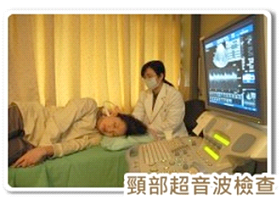
Brain CT and Perfusion Scan
Supporting the 24-hour and rapid diagnosis of stroke and further comprehension of cerebral perfusion to perform the IV t-PA and IA Thrombectomy to rescue brain cells and decrease cerebral hemorrhage.
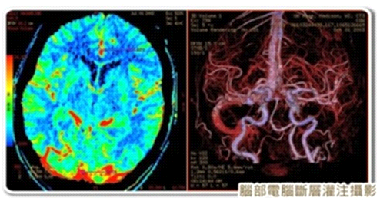
Magnetic resonance angiography
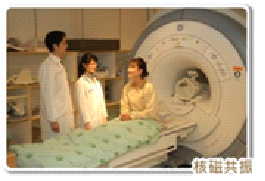
Biplane angiography
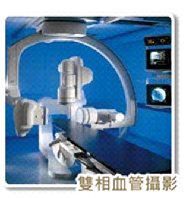
3D MRI and 640s MDCT
Providing rapid imaging of blood vessels and blood flow examination depended on the organized structure with 2D magnetic resonance images to support accurate exploration for stroke lesion.
